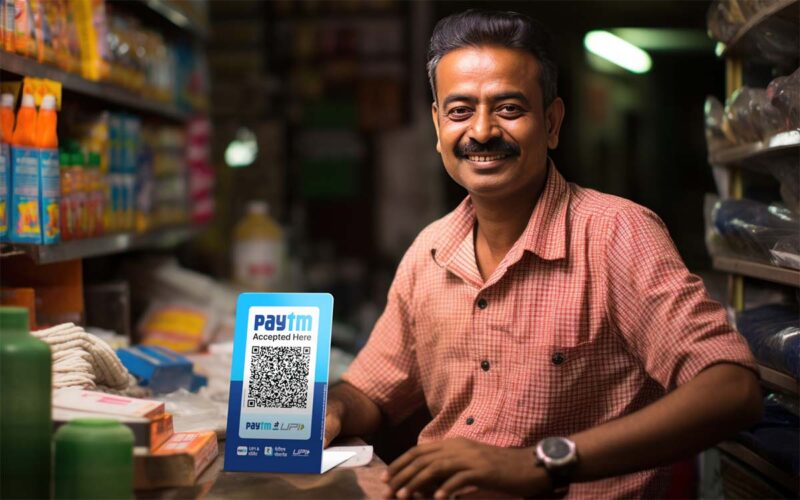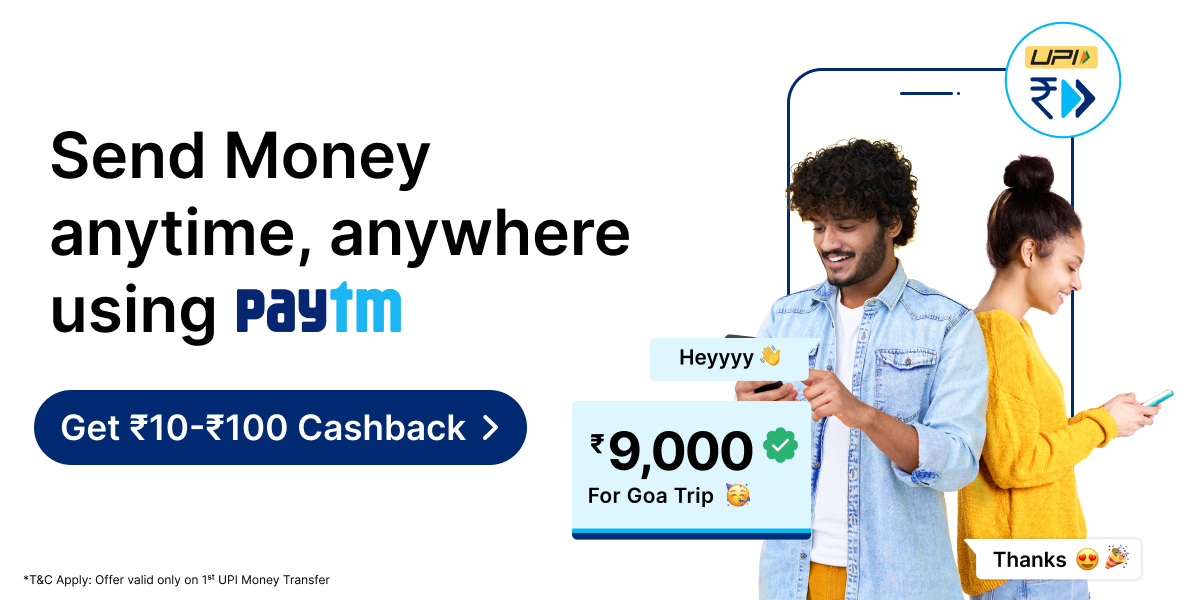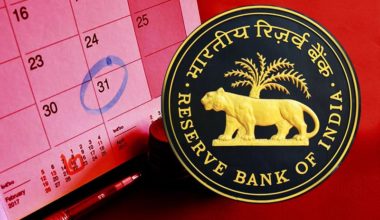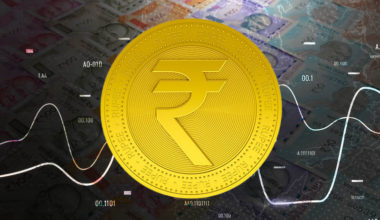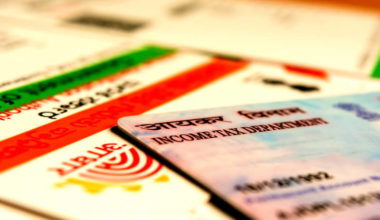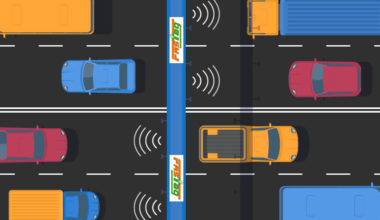In recent years, India has witnessed a remarkable shift in the way retail transactions are performed. Unified Payments Interface (UPI) has emerged as a game-changing payment system, providing a seamless, secure, and convenient mode of digital payments. As UPI gains momentum, it is poised to account for a staggering 90% of retail transactions in just five years. In this blog, we will delve into the details of UPI, its significance, benefits, and how it has revolutionized the retail industry.
Unraveling UPI’s Success Story
The recent success of UPI can be attributed to several factors, all of which have contributed to its widespread popularity and adoption:
- Impressive Transaction Volumes: UPI has been consistently breaking records in terms of transaction volumes. In May, it reached a new milestone with an astonishing 9 billion transactions, amounting to a total value of ₹14.3 trillion. This remarkable growth showcases the trust and confidence users and businesses have in the platform.
- Supportive Regulatory Environment: RBI has played a crucial role in promoting digital payments and providing the necessary framework for UPI’s growth. The central bank’s continued support and guidance have instilled confidence in both financial institutions and users alike.
- Expanding Payment Acceptance Infrastructure: The success of UPI is not solely due to its digital interface but also the rapid scaling up of payment acceptance infrastructure. The proliferation of UPI quick response (QR) codes and point-of-sale (PoS) devices has made it easier for consumers and merchants to embrace this cost-effective and efficient payment option.
- Person-to-Merchant (P2M) Payments Dominance: P2M payments have emerged as a dominant force, constituting 57 percent of the total transaction volume through UPI. This is a testament to the platform’s adaptability and convenience for both consumers and merchants.
- UPI Autopay Feature: The UPI Autopay feature has witnessed an impressive 143 percent year-on-year growth in successful transactions. This feature allows users to set up recurring payments, making it ideal for subscription-based services and utility bill payments.
- Rise of New Mandate Registrations: New mandate registrations have surged by 23 percent year-on-year, indicating that more users are embracing UPI as their preferred mode of digital transactions.
Acceptance Beyond Boundaries
As the Unified Payments Interface (UPI) continues to gain momentum and widespread adoption in India, its influence is also spreading beyond the country’s borders. Various countries have recognized the potential and benefits of adopting UPI for digital payments, and as a result, they have accepted and integrated the UPI system into their payment infrastructure. This global acceptance of UPI is an essential aspect of the context that UPI is projected to account for 90% of retail transactions in the next five years.
- Bhutan: Bhutan became the first country to adopt UPI, offering Indian visitors the ease of UPI-based payments. This move not only simplified transactions for Bhutanese citizens but also provided convenience to Indian tourists visiting the country.
- Oman: In October 2022, Oman partnered with the National Payments Corporation of India (NPCI) to welcome UPI payments. This integration benefited a considerable number of Indian expatriates working in Oman, providing them with a seamless digital payment solution.
- UAE: In April 2022, BHIM-UPI was launched at NEO Pay terminals across the UAE, simplifying payment transactions for Indian tourists in the region. This move facilitated easy and secure payments for Indian visitors, making their travel experiences more convenient.
- Southeast Asia: A collaboration between NIPL and Liquid Group enabled QR-based UPI payments in ten Asian countries, including Malaysia, Thailand, Philippines, Vietnam, Singapore, Cambodia, South Korea, Japan, Taiwan, and Hong Kong. This extensive integration brought UPI’s efficiency to a large number of Indian tourists traveling to these countries.
- UK: The UK and India’s collaboration introduced QR code-based transactions in the UK. UPI-based QR code payments are available on all Pay Xpert’s android point-of-sale (POS) devices, followed by the integration of RuPay card payments. This integration allowed Indian tourists to transact seamlessly while traveling in the UK.
- Nepal: In February 2022, Nepal became the first country outside India to adopt UPI through Gateway Payment Services and Manam Infotech, facilitating real-time person-to-person (P2P) and to-merchant (P2M) transactions. This move provided an added convenience for Indian tourists visiting Nepal, allowing them to use UPI for various transactions during their stay.
How will UPI contribute to 90% of retail transactions in 5 years?
UPI’s journey to becoming the primary mode of retail transactions, accounting for 90% of the market share in just five years, is driven by a combination of factors that have contributed to its widespread adoption and popularity. Let’s explore how UPI is expected to achieve this milestone:
- Government Support and Policy Initiatives: The Indian government has been actively promoting digital payments to achieve its vision of a cashless economy. Initiatives like demonetization and various policy measures to incentivize digital transactions have encouraged businesses and individuals to embrace UPI as a preferred payment method.
- Seamless User Experience: UPI offers a simple, user-friendly interface that allows users to make payments and transfers with just a few taps on their smartphones. The ease of use and convenience have attracted millions of users, including those from rural areas, where smartphone penetration has been increasing steadily.
- Extensive Payment Acceptance Infrastructure: UPI’s integration into various payment gateways, e-commerce platforms, and merchant apps has resulted in a widespread acceptance infrastructure. This has made it easier for businesses of all sizes to adopt UPI as a payment option, leading to its increasing popularity.
- Interoperability and Convenience: UPI’s interoperability allows users to link multiple bank accounts to a single UPI ID, eliminating the need for separate apps for each bank account. This inclusivity and seamless integration with different banks have made UPI a convenient choice for users across the country.
- Instant and Real-Time Transactions: Unlike traditional banking systems that involve processing delays, UPI ensures instant fund transfers in real-time. This speed and efficiency have been instrumental in attracting both consumers and businesses to use UPI for their daily transactions.
- Enhanced Security Measures: UPI transactions require two-factor authentication, adding an extra layer of security. The integration of biometric authentication, such as fingerprint or facial recognition, has further boosted users’ trust in the platform.
- Cashback Offers and Incentives: UPI-based payment apps often offer attractive cashback offers and rewards for using their services. These incentives have motivated users to shift from cash to digital payments, further driving UPI’s adoption.
- Financial Inclusion Efforts: UPI’s easy accessibility has played a crucial role in advancing financial inclusion in India. The platform has enabled even those without a traditional bank account to participate in digital transactions through the use of mobile-based payment apps.
- Growing Smartphone Penetration: India has witnessed a significant increase in smartphone ownership, particularly in rural areas. The widespread availability of affordable smartphones has extended the reach of UPI to a larger segment of the population.
- Collaborations with International Partners: The integration of UPI with the payment systems of various countries, as seen in collaborations with countries like Bhutan, Oman, UAE, Southeast Asia, the UK, and Nepal, has expanded UPI’s global footprint
Generational Shift: Cash vs. UPI – A Comparison of Payment Preferences
While it’s true that cash will likely remain in the market for some time, the adoption of digital payment methods like Unified Payments Interface (UPI) is increasing rapidly, especially among the younger generation (Gen Z) compared to the millennials.
| Aspect | Cash (millennials) | UPI (Gen Z) |
|---|---|---|
| Convenience | Familiar with cash transactions; can be used without technology | Embracing UPI’s user-friendly interface; prefer digital convenience |
| Security | Trust in physical cash; little exposure to digital fraud | High reliance on secure UPI transactions; confidence in authentication measures |
| Digital Literacy | May have limited digital literacy; prefer cash due to familiarity | Tech-savvy; comfortable with digital platforms like UPI |
| Tracking Transactions | Difficult to track spending; relies on manual record keeping | Easy access to transaction history; digital records for tracking |
| Contactless Payments | Not applicable; cash is physical and not contactless | Embraces contactless payments through UPI QR codes or NFC |
| Peer Influence | Less influenced by peers; more influenced by traditional practices | Influenced by tech-savvy peers; embrace digital trends |
| Access to Technology | May have limited access to smartphones or digital devices | Widely connected with smartphones; access to UPI apps |
| Financial Independence | Prefer handling own finances in cash; less reliance on online banking | Comfortable with managing finances digitally; use UPI for independence |
| Transaction Costs | May perceive cash transactions to be free of fees | Comfortable with low or minimal UPI transaction fees |
| Digital Lifestyle | May not fully embrace a digital lifestyle | Adopts a digital lifestyle; prefers digital solutions |
Conclusion
In conclusion, the projection that UPI (Unified Payments Interface) will account for 90% of retail transactions in the next five years indicates the rapid growth and widespread adoption of this payment system. UPI has already gained significant popularity due to its convenience, speed, and ease of use. With its seamless integration across various payment apps and support from multiple banks, UPI is well-positioned to become the dominant method for retail transactions. This shift towards UPI highlights the evolving preferences of consumers and the increasing reliance on digital payment solutions in the retail sector. As UPI continues to innovate and expand its services, it is poised to revolutionize the way we make payments and shape the future of retail transactions.
